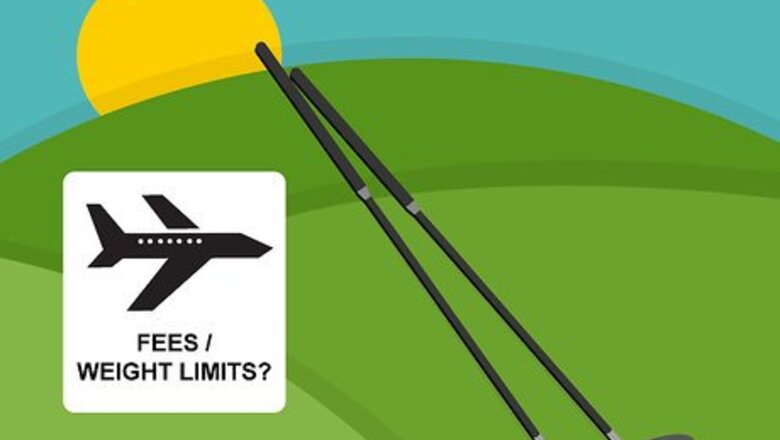
views
Packing Your Clubs
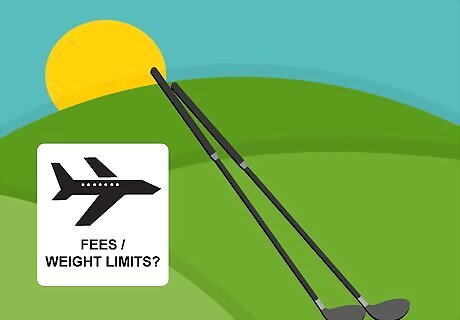
Pay attention to fees and weight limits for checked luggage. Many airlines require that golf bags be transported as checked luggage – even a single club cannot be taken aboard as a carry-on item. Depending on the airline you use and the nature of your ticket, you may have to pay for each piece of checked baggage. Most airlines allow checked bags up to 50 pounds. Fees for going over this limit vary, but they can increase substantially if your bag is even a pound or two overweight. Similarly, your golf bag may incur additional fees if the bag is larger than the baseline dimensions allowed by the airline. The size limit for checked bags is standard across airlines, at 62 linear inches. To calculate the linear dimensions of your bag, add its length, width, and height. The fees listed for checked bags or overweight items are typically for one-way flights, meaning that you may have to pay the fee for each direction of your journey.

Wrap the shafts of the clubs to protect them. Packing your golf bag properly is crucial for minimizing damage to your clubs, as they may bang around as they are transferred from car to airport to plane. It's a good idea to put towels and other soft items between the shafts of the clubs in order to prevent them from rattling around. A tightly-packed bag can also prevent clubs from falling out in transit. You can also use bubble wrap to protect your clubs. Using bubble wrap instead of towels may help reduce overall weight.
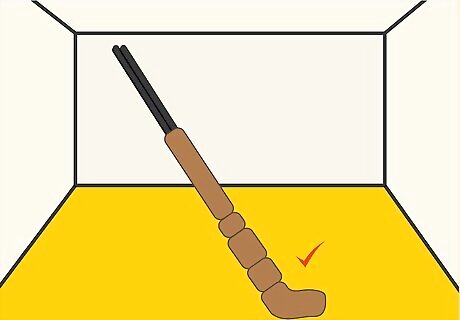
Protect the heads of your golf clubs. Golf clubs most often break where the head meets the shaft. Since most clubs stick above the top of the bag, you should aim to protect the exposed heads of the clubs. If your heads are detachable, unscrew them and stash them in the bag for the journey. Grouping your clubs together and placing a sock on top of the heads makes for a tight bundle, reducing the stress placed on a single club. You can also get an item such as a Stiff Arm to take the weight of anything set on the top of your bag. These implements have a telescoping shaft that extends to the bottom of your golf bag and a flat head that sits above the tops of your golf clubs, making for a small shield that protects them. Alternately, some golfers choose to put their clubs in their bag upside-down in order to protect the heads.

Put your clubs in a hard-shell case for maximum protection. A sturdy golf bag, such as a plastic or fiberglass case, can insulate your clubs from damage that may occur in the course of travel. However, a hard-shell case may weigh more than a soft-shell, adding to the overall weight of your bag, which in turn can lead to higher checked bag fees.
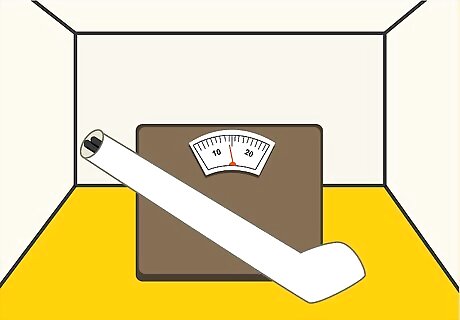
Weigh your golf bag with everything inside. In addition to their clubs, many golfers travel with extra balls, shoes, and rain gear. Combined with the weight of the clubs and the bag itself, these extras may contribute to a fairly heavy bag and thus higher fees. Weigh your bag with all of the items included to see how the weight compares to what the airline allows. If your bag weighs too much, consider transferring heavier items like shoes and balls to your carry-on luggage.
Taking Your Clubs to the Airport
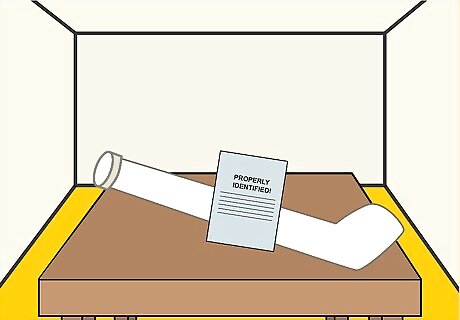
Make sure your bags are properly identified. You’ll want to make sure there is something attached to the bag that identifies who it belongs to, and how you can be reached. That way the airline or shipping company will know who to contact if it is misplaced or delayed. Add a luggage tag to the bag. Tags are available at every airline counter. Your bag may have a slot for a card with your name and contact information. Fill this out before you check your bag. If your clubs are in hard-shell case, write your information on a piece of paper to tape to the side if you cannot easily attach a tag.
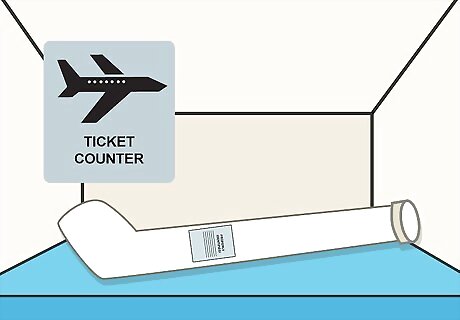
Check in your bag at the ticket counter. In most cases, since golf bags are considered a piece of checked baggage, your golf bag can be checked at the normal ticket counter with the rest of your luggage. However, given that golf bags can be fairly bulky items, they may have to be checked in in an area specifically for over-sized items. But once your bag is checked in, you won’t have to worry about your clubs until you reach your destination!
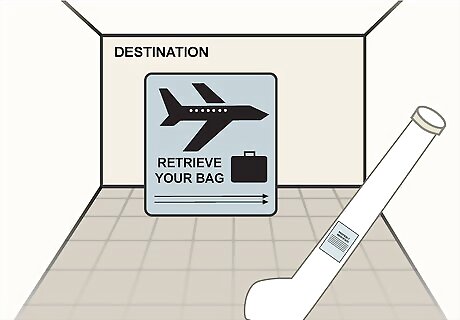
Retrieve your bag at your destination. Once you land, head to the luggage carousel associated with your flight to retrieve your bag. Some airports have separate areas to retrieve over-sized luggage. Ask an airport attendant to direct you to this area, which is usually a counter or room near the luggage carousel. Airlines may unload bulky cargo first or last. You may be able to retrieve your bag immediately, or you may have to wait until the other bags are unloaded.















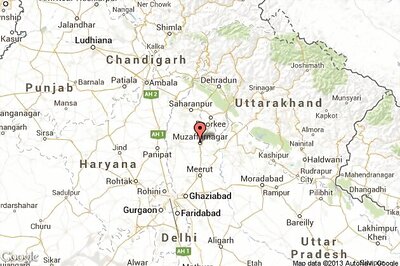
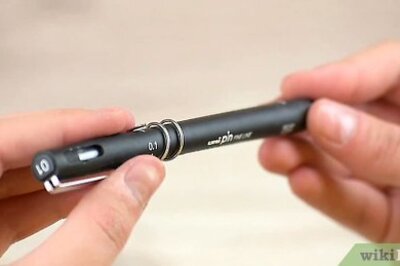


Comments
0 comment